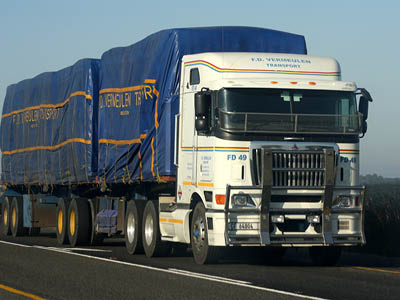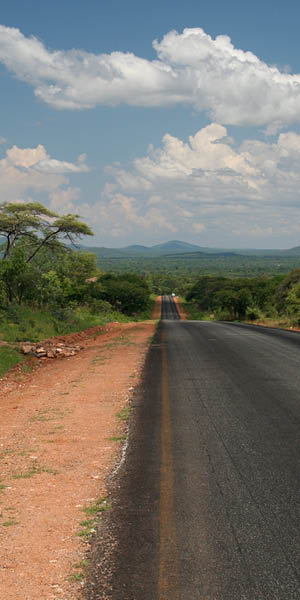Research Brief
Reducing transport costs to spur regional growth in Southern Africa
Transport and logistical efficiencies are critical factors in the competitiveness of regional value producers. The relatively high cost of regional transport in Southern Africa has impacted suppliers’ cost-competitiveness. Reducing the cost of bringing products into main markets is one way of achieving stronger regional growth through integration.
Cross-border freight prices in Southern Africa are comparatively high, making imports in some cases cheaper than regionally produced goods.
High transport costs are detrimental to regional value chains and encourage deepwater imports.
Most goods transported by road
Transport infrastructure is critical to the efficiency of trade in goods and services, and underlies integrating value chains, for example, animal feed to poultry. This is particularly true in the region of Southern Africa, where the majority of goods are transported by road. Understanding the efficiencies, cost and price drivers, investments and market dynamics along road networks is therefore important.

Cross-border road transport comparatively expensive
Prices charged for overland cross-border freight in southern Africa remain higher than in other regions, even though many of the input costs of road transportation — vehicles, fuel and drivers’ wages — are lower than those in Europe and North America. Benchmarking exercises indicate that transport costs from, for example, Zambia to the South African province of Gauteng are around twice what they should be.

Because of high transport costs, it costs less overall to import animal feed and refined sugar from South America to South Africa than to source both products from Zambia, even though Zambia enjoys a cost advantage in the production of both products. With animal feed costs at around $400/tonne in 2015 and transport from Zambia to Gauteng costs at above $100/tonne, transport costs effectively break the regional value chain and favour deepwater trade. A competitive benchmark for this route would be about $40/tonne. Reducing transport costs by half would improve the cost competitiveness of regional producers by more than 10 per cent, allowing them to more effectively compete with deepwater suppliers who supply more than $200 million worth of animal feed.
Improving border efficiency plays an integral part in achieving cost reductions. Border delays add around $20/tonne to delay costs per day for a bulk load and have a larger impact on sensitive goods such as perishable foods. Such costs, both in monetary terms and time, reduce the scope of mutually beneficial regional trade flows.
Reducing transport costs by half would improve the competitiveness of regional producers, supporting stronger regional growth through integration.
Lower transport costs must be considered alongside investments in expanded production and improved capabilities needs in order to boost cost-competitiveness.
Room for growth in the region as a whole
Growth opportunities exist in the area of agriculture and food where constraints of water and environment mean that South Africa is likely to increasingly rely on imports. The spread of supermarkets across the region provides further opportunities for transport on return trucking legs, meaning that goods may be transported between countries both on outgoing as well as return trips. Empty return hauls impose costs on South African exporters as the full cost of the return trip must be allocated to the outbound leg. This is a good example of the benefits of fostering trade as a two-way street.
This Research Brief is based on a upcoming WIDER Working Paper
‘Understanding intra-regional transport towards the integration of markets: Competition in road transportation between Malawi, Mozambique, South Africa, Zambia, and Zimbabwe’ by Thando Vilakazi and Anthea Paelo.
 Join the network
Join the network